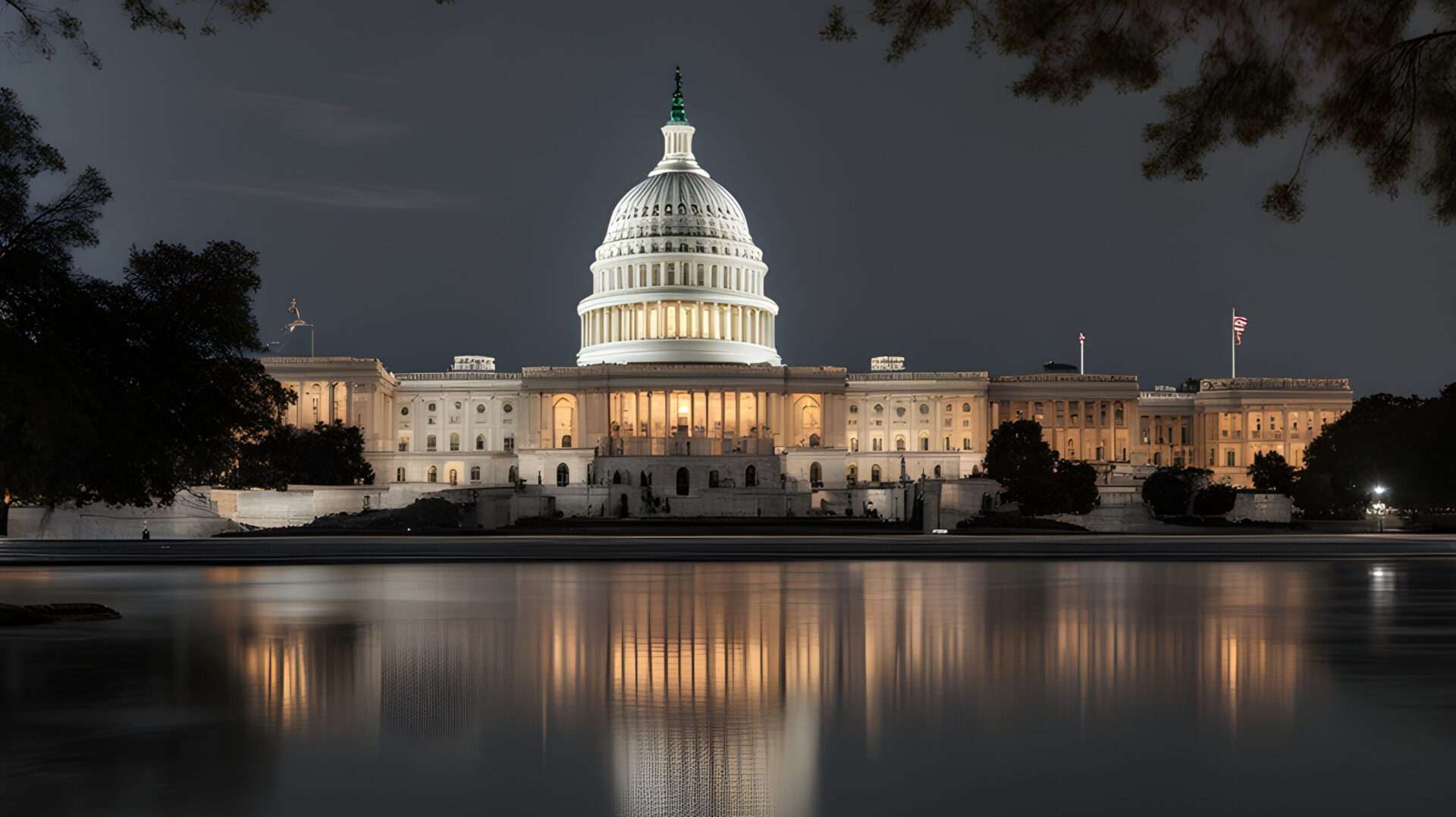Note: Political Awareness’s published communication is never authorized by any candidate or their committees.
A Comprehensive Guide to the White House and the Path to the Presidency
The White House, an iconic symbol of the United States government, is a testament to the nation’s history, values, and leadership. This article offers a detailed exploration of the White House itself and outlines the rigorous journey one must undertake to become the President of the United States.
The White House: An Architectural and Historical Overview
1. Architecture and Design
The White House, located at 1600 Pennsylvania Avenue NW in Washington, D.C., is a neoclassical mansion designed by James Hoban. Its construction began in 1792 and was completed in 1800, reflecting the ideals of democracy and governance. The building features 132 rooms, 35 bathrooms, and six levels, including the iconic Oval Office, where the President conducts business.
2. Historical Significance
Throughout history, the White House has been the residence of every U.S. president since John Adams. It has served as a backdrop for significant national events—from state dinners and press conferences to historical moments like the signing of landmark legislation. The building has undergone several renovations, the most notable being after the British burned it in 1814 during the War of 1812.
3. Public Access
The White House is not just an office; but also a tourist attraction. While access to the residence is limited, public tours are available through advance reservations. Visitors can explore the historic rooms, learn about the presidency, and understand the living history within its walls.
The Journey to the Presidency: Requirements and Process
1. Constitutional Requirements
To run for the presidency, candidates must meet specific qualifications as outlined in Article II of the U.S. Constitution:
– Age: Candidates must be at least 35 years old.
– Citizenship: They must be a natural-born citizen of the United States.
– Residency: Candidates must have been a resident of the U.S. for at least 14 years.
2. Building a Political Profile
a. Education and Experience
While no formal educational requirement exists, many presidents have held advanced degrees. Common fields of study include law, political science, and public administration. Political experience is often vital for building a credible profile, whether through elected positions (like senator or governor) or public service roles.
b. Political Party Affiliation
Most candidates align themselves with a political party, that provides essential support and resources. Major parties include the Democratic Party and the Republican Party, but third-party candidates occasionally emerge.
3. The Election Process
a. Primaries and Caucuses
The road to the presidency begins with primaries and caucuses held in each state. Candidates campaign to win delegates supporting them at their party’s national convention. Primaries are typically state-run elections, while caucuses are local gatherings of party members.
b. National Conventions
During the national conventions, parties officially nominate their candidates. Delegates cast votes to determine the nominee, who then selects a vice-presidential candidate. The convention serves as a platform for the party to unify and launch their campaign.
c. General Election Campaign
Once nominated, candidates embark on a nationwide campaign to win electorate’s supports. Campaigning involves rallies, debates, advertisements, and outreach efforts to various demographic groups.
d. Election Day
The general election occurs on the first Tuesday after the first Monday in November. Voters cast their ballots for electors pledged to their chosen candidate.
4. The Electoral College
The United States uses the Electoral College system to elect its President. Each state has a set number of electoral votes based on its population, with a total of 538 electoral votes up for grabs. A candidate must receive a majority of these votes (at least 270) to win the presidency.
5. Inauguration
Once elected, the President is inaugurated on January 20th of the following year. The ceremony includes taking the oath of office, administered by the Chief Justice of the Supreme Court and marks the official beginning of the President’s term.
Conclusion
Becoming the President of the United States is a monumental endeavor that requires a unique blend of constitutional eligibility, political acumen, public service experience, and the ability to connect with voters. The White House stands not only as the seat of executive power but also as a symbol of the democratic ideals that underpin the nation. Understanding the intricacies of both the White House and the presidential election process is essential for appreciating the complexities of American governance and leadership. As history unfolds, the journey to the presidency continues to evolve, shaped by the collective aspirations and challenges of the American people.

Leave a Reply